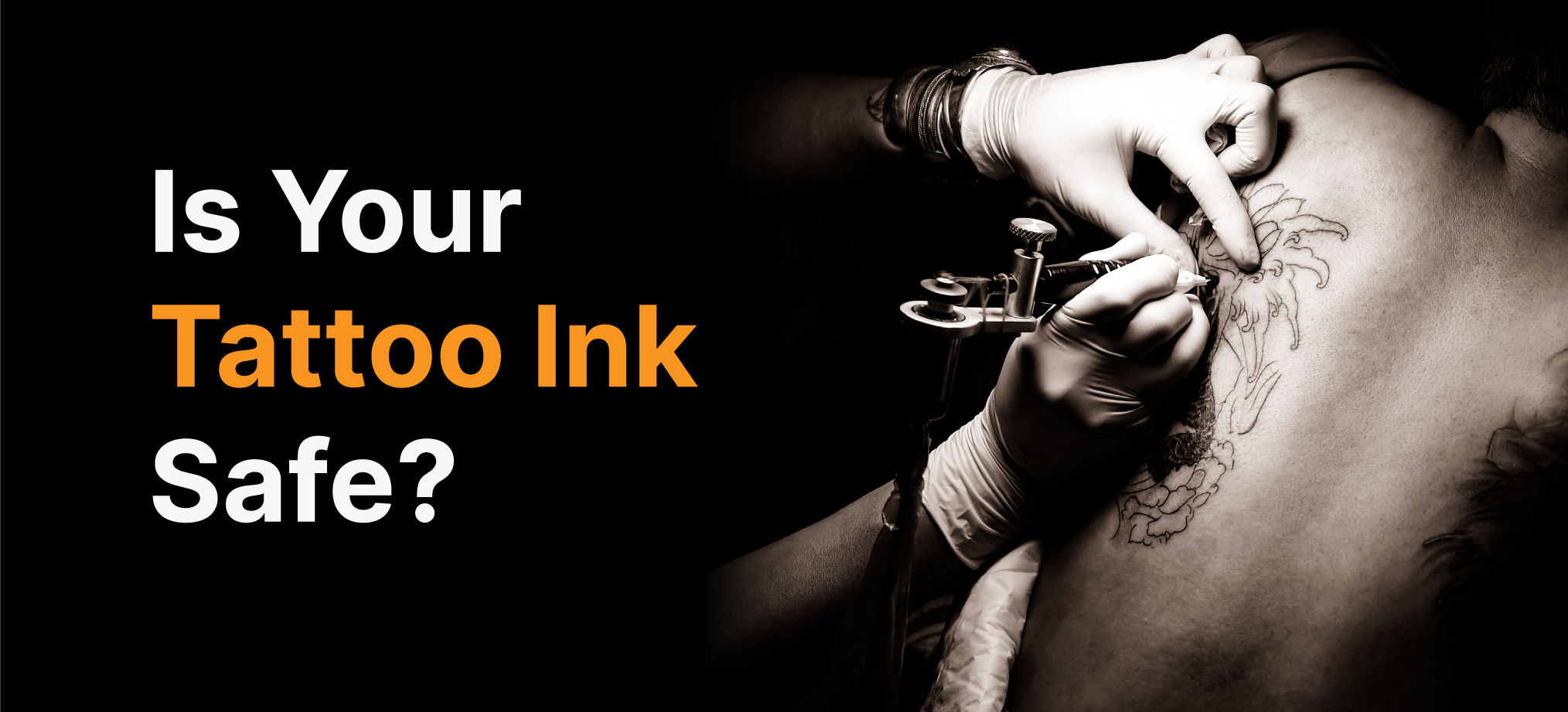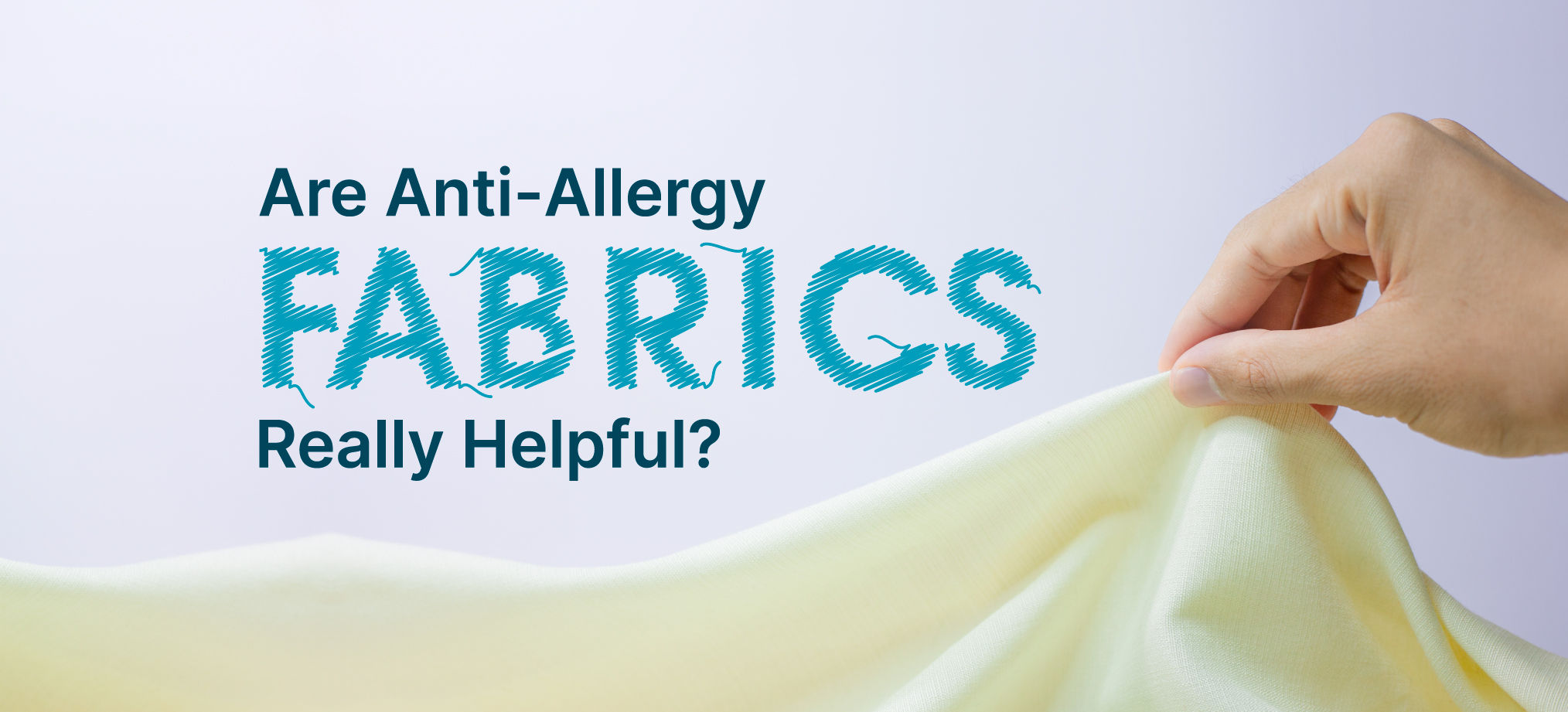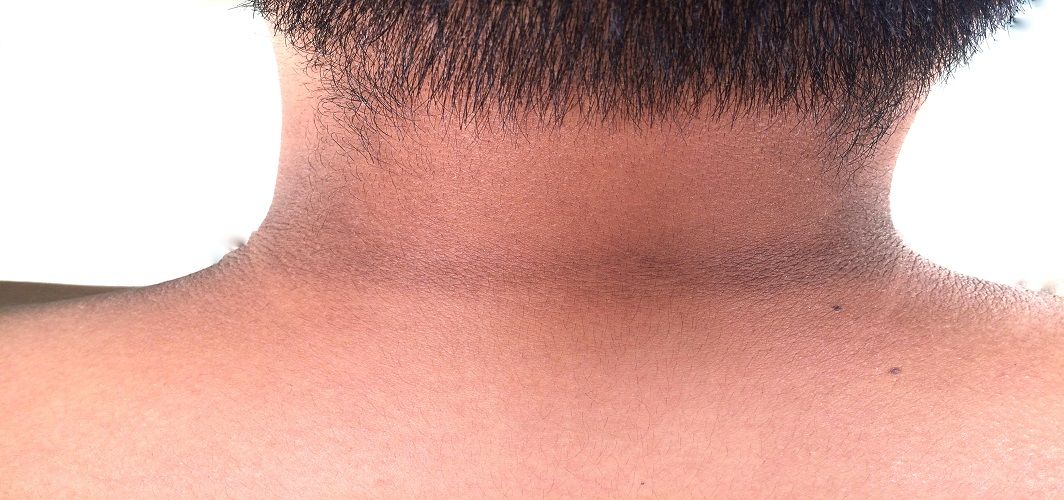Skin Care
PRP Therapy For Skin And Hair: Know The Benefits & Side Effects
4 min read
By Apollo 24|7, Published on - 30 May 2023, Updated on - 06 August 2024
Share this article
0
0 like

Many of us share a desire to achieve flawless skin and voluminous hair. Despite trying numerous treatments, it can take time to obtain the desired results. However, platelet-rich plasma (PRP) is one such therapy that can give your skin a radiant glow and your hair the nourishment it needs to grow and shine. This innovative procedure involves using your blood to stimulate hair growth or boost collagen production in the skin. With PRP therapy, you can finally achieve the flawless appearance you've longed for.
What is Platelet-rich Plasma?
Platelet-rich plasma is a mixture of the liquid part of your blood called plasma and tiny cells called platelets. Medical practitioners draw a small amount of blood from your arm, collect it in a test tube, and put it in a centrifuge machine. This machine spins the blood at a high speed, causing platelets and other parts of the blood to separate. The doctor then removes the platelet containing plasma and discards the rest of the blood.
PRP Therapy for Skin Rejuvenation
When applied to the skin, PRP activates your body's natural healing response, triggering collagen production, improving skin texture and elasticity, and enhancing overall radiance.
These are the potential benefits of PRP therapy for the skin:
- It diminishes fine lines and wrinkles.
- It promotes skin regeneration by improving acne scars and texture.
- It helps even out skin tone and reduces hyperpigmentation.
- It rejuvenates dull or lacklustre skin.
- It restores volume to areas with volume loss, such as cheeks, temples, or under-eye hollows.
- It enhances skin hydration, leading to plumper, softer, and more moisturised skin.
- It provides overall rejuvenation to refresh and revitalise the skin.
How PRP Works on Skin?
The platelet-rich plasma is inserted into the skin through injections or via topical application. The treatment normally takes 60-90 minutes, with results that last several months.
- Injections: PRP is injected directly into the target area using a small needle. Injections or micro-needling may be used for specific areas of the face or body to stimulate collagen production and improve the appearance of the skin.
- Topical application: After processing the blood to obtain PRP, the healthcare professional may gently spread or apply PRP onto the skin. This method is commonly used for facial treatments, where PRP is left on the skin to be absorbed, promoting collagen production.
PRP Therapy for Hair Regrowth
The growth factors present in PRP promote blood circulation to the scalp and nourish hair follicles. This process can stimulate the dormant (inactive or sleeping) hair follicles, extend the growth phase of existing hair, and enhance hair thickness and density. Over time, PRP therapy can lead to noticeable improvements in hair growth and overall hair quality.
These are the potential benefits of PRP therapy for hair:
- Androgenic alopecia (male or female pattern baldness): PRP stimulates hair follicles, promotes growth, and improves density.
- Hair thinning and hair loss: PRP revitalizes dormant follicles and promotes healthier growth.
- Alopecia areata: PRP injections assist in treating patchy hair loss from alopecia areata.
- Hair loss due to other factors: PRP helps with stress, hormonal changes, deficiencies, or medical conditions.
- Improving hair quality and texture: PRP enhances overall hair quality, thickness, and texture.
- Post-hair transplant support: PRP promotes healing, graft survival, and optimal growth.
How Does PRP Work for Hair?
PRP therapy for hair works through injections and typically takes 60-90 minutes for a single session. The process involves:
- Preparation: A small amount of blood is drawn from the patient's arm and processed in a centrifuge to separate the platelet-rich plasma from other components.
- Injection: After PRP is obtained, it is injected directly into the scalp with a fine needle in the areas where hair growth is desired.
- Distribution: The injections are typically spread evenly across the affected areas of the scalp. The goal is to deliver the growth factors and nutrients present in PRP directly to hair follicles.
- Stimulation: The growth factors present in PRP help promote blood circulation and activate dormant hair follicles. This stimulation encourages hair follicles to enter the active growth phase and leads to thicker, healthier hair.
Potential Side Effects of PRP Treatment
It's important to be aware of these risks before undergoing PRP treatment:
- Mild pain or discomfort may occur during the procedure but can be managed with topical anaesthetics or pain-relieving medications.
- There is a potential risk of infection at the injection site.
- Temporary bruising and swelling may be experienced at the injection site, typically resolving within a few days or weeks.
- Allergic reactions to the PRP solution or other substances used in the procedure may occur.
- Improper injection technique can lead to tissue damage or nerve injury.
Platelet-rich plasma treatment has the potential to enhance healing and promote tissue regeneration. However, it's essential to understand and discuss the potential risks associated with the procedure with a qualified healthcare professional. For more information,
Consult Apollo’s Expert Dermatologists
Medically reviewed by Dr Sonia Bhatt
Skin Care
Consult Top Dermatologists
View AllLeave Comment
Recommended for you

Skin Care
Is your tattoo ink safe? Things You Should Know Before Getting Inked
Tattoo inks can have several ingredients that can result in skin infections. Read to know how you can be more cautious before getting inked.

Skin Care
Anti-Allergy Fabrics: Can They Manage Allergic Skin Reactions?
Skin allergies are a nightmare for most individuals as these can result in itching, swelling and redness on the skin. Allergies can be due to dust, mites, and even fabric irritant chemicals. To overcome these issues, anti-allergy fabrics have been introduced in the market.

Skin Care
Why Is My Neck Turning Black?
A black neck is a condition in which the skin on the neck appears darker than the surrounding skin. There are several potential causes of a dark neck, including hyperpigmentation, sun exposure, hormonal imbalances, and certain medical conditions. Learn all medical conditions causing black neck here!
Subscribe
Sign up for our free Health Library Daily Newsletter
Get doctor-approved health tips, news, and more.
Recommended for you

Skin Care
Is your tattoo ink safe? Things You Should Know Before Getting Inked
Tattoo inks can have several ingredients that can result in skin infections. Read to know how you can be more cautious before getting inked.

Skin Care
Anti-Allergy Fabrics: Can They Manage Allergic Skin Reactions?
Skin allergies are a nightmare for most individuals as these can result in itching, swelling and redness on the skin. Allergies can be due to dust, mites, and even fabric irritant chemicals. To overcome these issues, anti-allergy fabrics have been introduced in the market.

Skin Care
Why Is My Neck Turning Black?
A black neck is a condition in which the skin on the neck appears darker than the surrounding skin. There are several potential causes of a dark neck, including hyperpigmentation, sun exposure, hormonal imbalances, and certain medical conditions. Learn all medical conditions causing black neck here!



